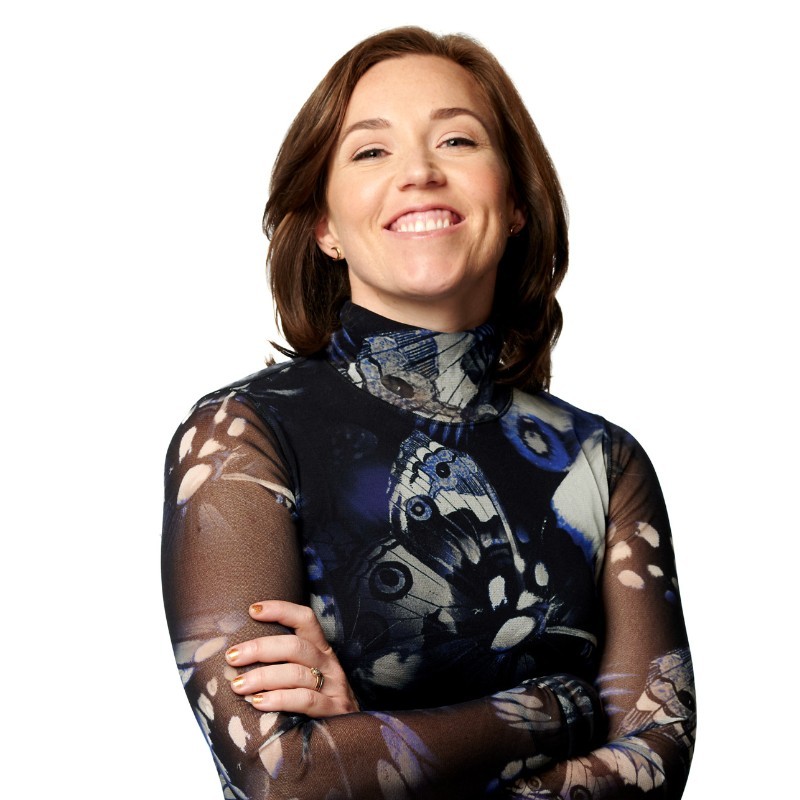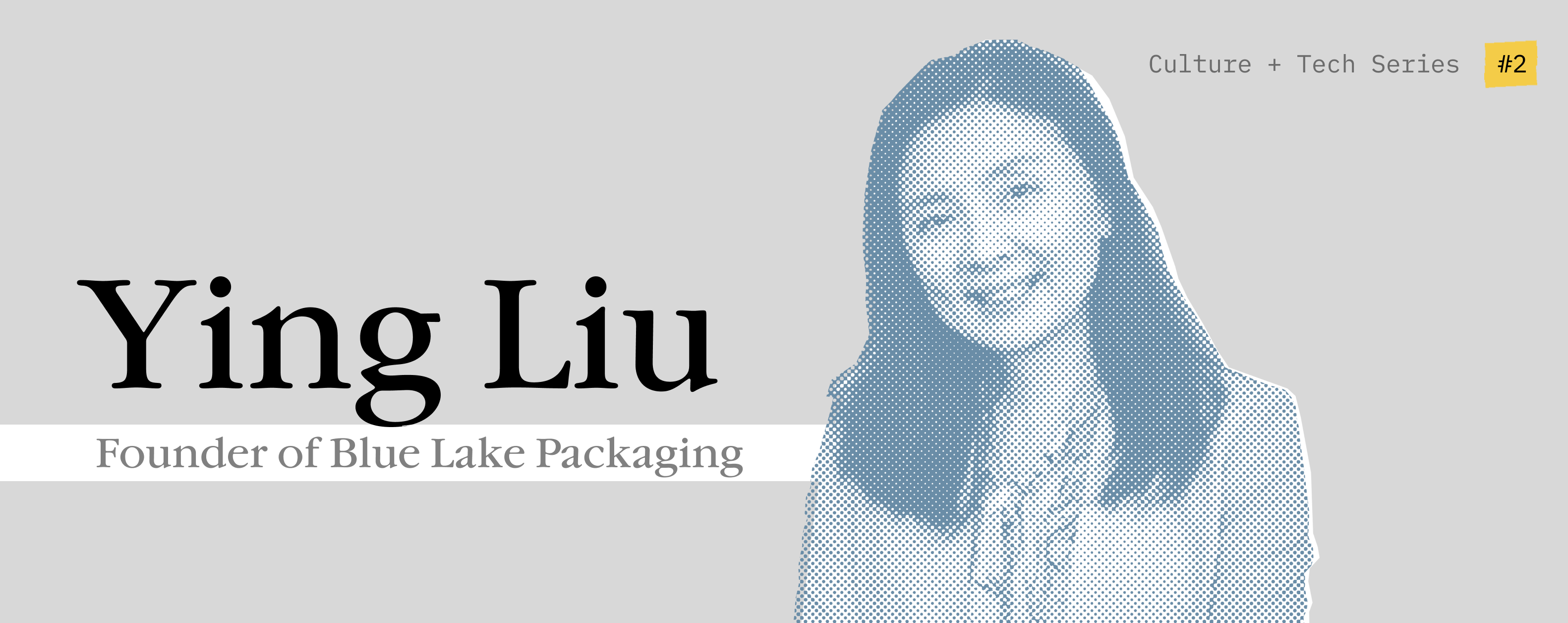
Blue Lake Packaging designs and manufactures 100% plant fiber-based packaging solutions to help combat the environmental impact of single use-plastics. By connecting breakthroughs in material science to thoughtful design and high volume production capacity, Blue Lake is helping forward-thinking brands respond to growing customer demand for sustainability and transparency in their products.
Kate McAndrew: Situate us in time and space. Where are you right now?
Ying Liu: Physically, I’m in the center of Silicon Valley. If you’re talking about a life being a timeline, I was born in the year of the Ox so I’m actually turning 48 this year. I feel like I’m halfway through my life, but I still feel I’m young at heart. I’m continuing to develop my to-do list. Hopefully I can make even a tiny impact on the world and the way people are doing things.
Kate: How would you define Blue Lake?
Ying: In a nutshell, Blue Lake is a sustainable packaging solution provider. How I really see the company is as a technology enabler. We focus on sustainability through the whole packaging life cycle from materials development to manufacturing processes to equipment. We’re also very much focused on packaging disposal. We want to make sure everything we do has zero impact on the environment.
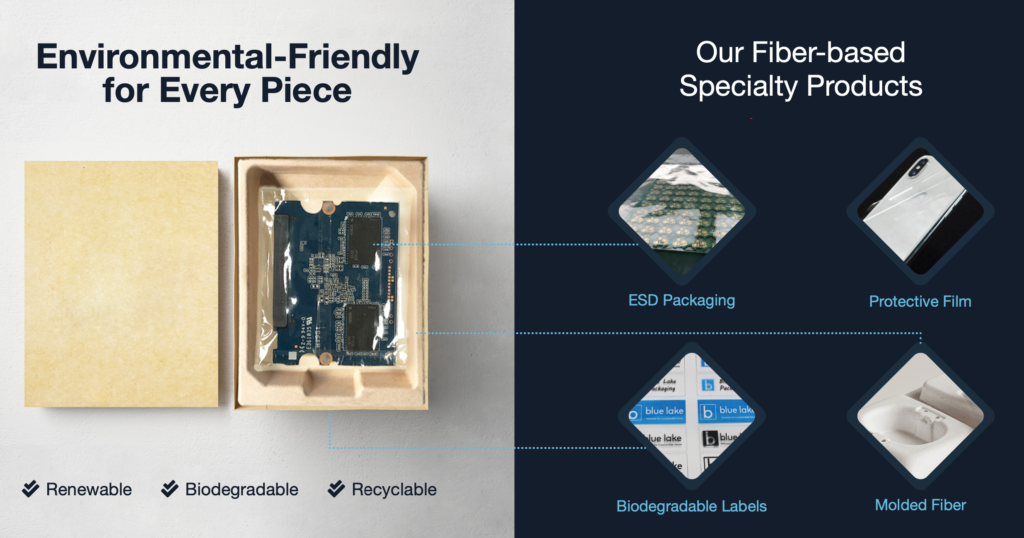
Kate: It’s an amazing mission and a big mission.
Ying: Yes, I want to set the bar high. So when we’re making decisions, we have this criteria to look at.
Kate: And that is the power of a well-defined, clear mission or set of core values. No matter what decision you’re coming up against, the mission can help guide you. We often hear stories from founders about how their backgrounds or specific talents come together in surprising ways to inspire the company they build. What in your history prepared you for taking on such a big endeavor?
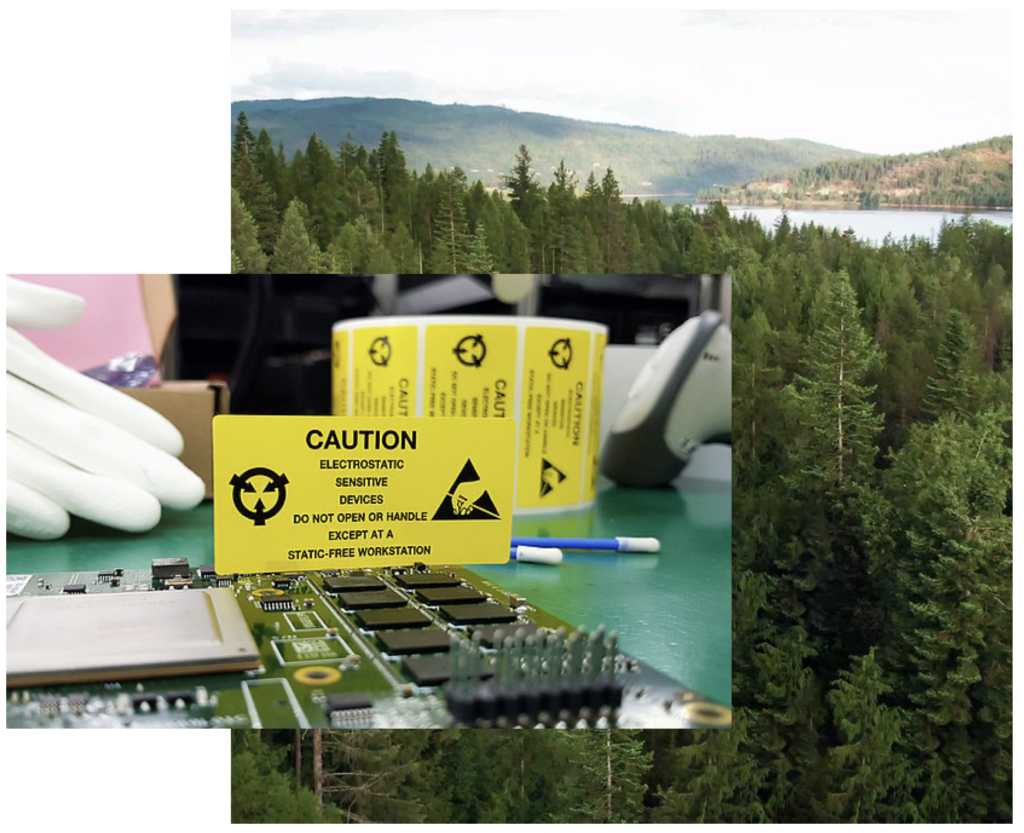
Ying: My journey to Blue Lake started with my career at Apple. I spent twelve years there. And I spent three and a half of those years in China building Apple’s operations team from scratch. I was the first full-time Apple employee in China. And at the time, there were probably only two contractors. So I was sort of the 1-800 hotline for a lot of things. There was no HR function, no finance. We started in a very small office to begin with. In 2004, Apple wasn’t well known there. I remember I went to a factory and shared my business card. They asked me where I was from, and I said Apple. They opened the trunk of my car at the gate, because they were looking for apples. They thought I was selling apples to them!
So recruiting people was hard. Motorola and Intel were the big employers in China. And Apple wasn’t on the list. I finally hired ten people, and we started working. On the very first day, I realized I didn’t have notepads and pencils and pens for them. I grabbed my credit card and ran across the street to get some stationary. When I came back, people asked me where the printer was. I said, Okay wait a second. I need to order a printer. It was really an entrepreneurial project for me – and I loved it!
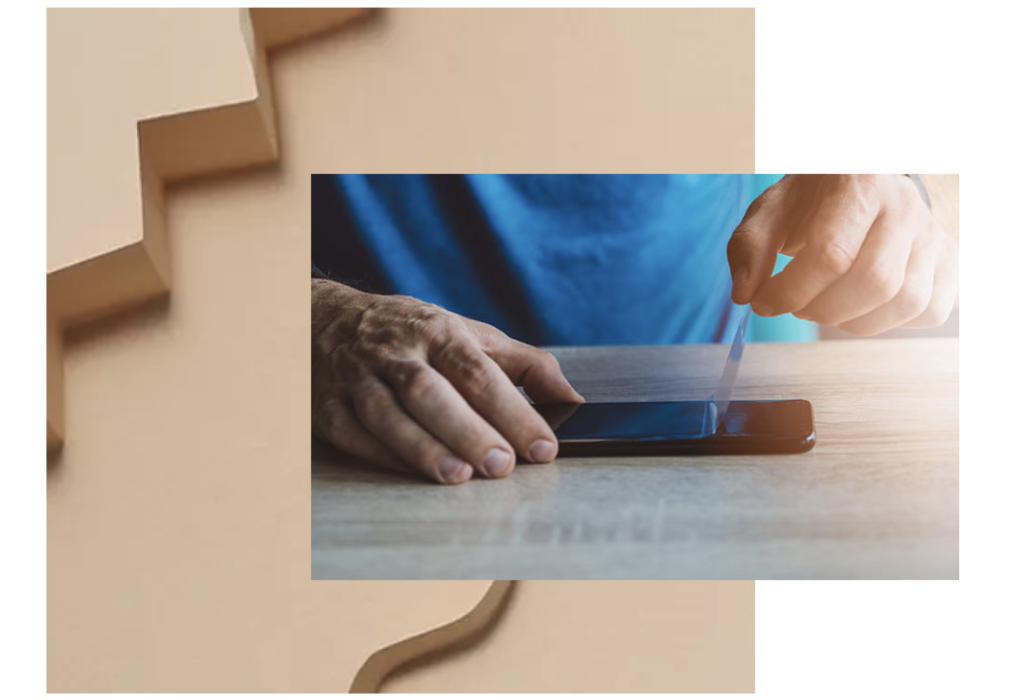
Kate: That mentality of solving things. It doesn’t all have to be done right now. We can build it.
Ying: Yes, the opportunity to hire people and partner with others. To build a team and develop the processes and a reporting structure. To develop vendors. That time helped me discover a skill set I wasn’t aware I had. And to discover what I could accomplish. In a day, I could be in three different cities. I’d be in one factory in the morning and in two more in the afternoon. Then there’d be an emergency in a factory in a different city, and I would need to call my husband and say, bring my suitcase to the airport. I’ll see you there. He’d hand me the suitcase, I’d take the last flight, and land around midnight. Get in a car and go to the factory.
It was a whole opening of opportunities for me. I’m a problem solver, and I was given the opportunity to solve problems I never thought I would encounter. I’m really appreciative of my mentors and bosses at Apple.
Kate: And you went on to develop the sustainability report for Apple. What then inspired you to found Blue Lake?
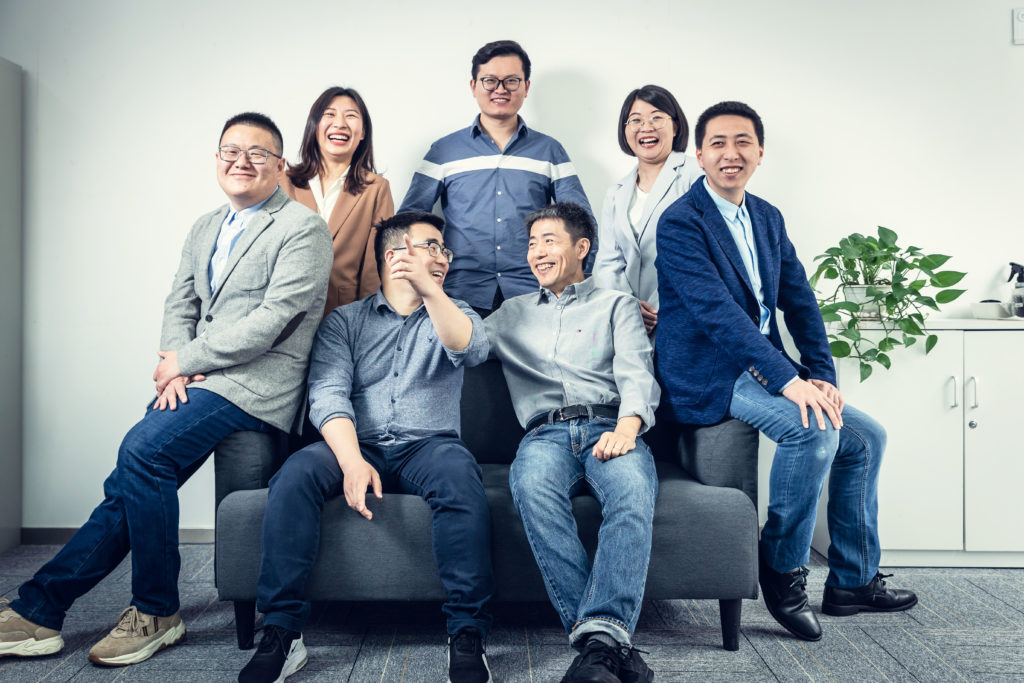
Ying: Three years ago, China banned the import of plastics. People started looking at alternatives, and I was asked for my recommendation on sustainable packaging solutions. I looked around, I asked around. I actually went to China, and I couldn’t find anything that impressed me. There were a lot of packaging factories still doing the same old, same old. There was definitely a disconnect between interest and supply chain.
I visited some labs at research institutes and universities – I found there were definitely people who were doing biomass development, but they had not thought about the applications for those technologies. They weren’t thinking about how to scale and really materialize the technology. Then, when I came back to the U.S. after my trip, I visited material recovery centers. There are two big ones in the Bay Area. I was absolutely shocked at what I saw there. There were piles and piles of trash. The vast majority was plastic dumped there and sorted. A lot of it went to the landfill. I felt a responsibility to do something to help the future generations and to deal with the quality of soil, the air quality. That was my motivation. And I happened to meet a few people who shared the same concern and passion about doing something. We formed a team, and that’s how Blue Lake started.

Kate: We think a lot about the cultural shifts that are creating openings for new companies. One of the cultural shifts we’ve seen has been in sustainability. How do you think the culture around sustainability has changed, and how has that created an opening for Blue Lake?
Ying: People are paying closer attention now than ten, twenty years ago. I think in the past, people really couldn’t visualize the idea of climate change. They didn’t feel it. It felt too far away. Now we have more data, more photos. We can look around see how climate change has impacted us as individuals.
Nonprofit organizations have been educating – they publish a lot of reports and really raise awareness. Corporate brands in many cases are taking some of the responsibility on themselves. There are a lot of companies trying to do the right things not only for marketing purposes but also as global citizens. Ten years ago I think it was more of a marketing end goal. Now I think the mindset has been built into the company culture. So it’s no longer just an advertisement or a slogan. It’s a behavior change. Over time, I’ve seen a transformation in China as well – the tightening of requirements and enforcement of environmental policies. There’s a huge change in the way the government does things and also, in the manufacturers’ behavior.
Corporate brands are taking responsibility on themselves. The mindset has been built into the company culture. It’s a behavior change.
Kate: We’re very interested in technological advances that enable companies to meet a rising cultural demand. At Blue Lake, you’re doing a lot both to leverage technology, and to push the process and the equipment, in order to deliver on your mission. How are you approaching this?
Ying: We know the problems – multiple layers of problems. And we’re looking for solutions. We’re developing solutions. In the first year at Blue Lake, what I did the most was read all kinds of research papers and put the pieces of the puzzle together. To look at what’s out there, what’s possible, and what isn’t. To me, what’s important is to transform some of the technologies and research that exist into a scalable manufacturing process. That’s really where the disconnect has been and where we can add value.

There are constant adjustments in expectations and a constant reinforcement of what we’re trying to accomplish. For me, what’s really important is the judgment of the boundaries. When to push the team to do more and when to say, it’s good enough. Let’s go ahead and launch our product. That’s the challenge and the fun part of my entrepreneurial life.
Kate: You have to make decisions in the grey area. It’s not black and white. You have to know when to make concessions and when to say it’s enough, which comes from experience. I think people like to work with leaders that push them, but who are also realistic.
Ying: I’m very grateful for my previous experiences in the factories. I’m a very hands- on person. I like to spend time in the factories observing the processes and then talking to the engineers to really understand where the boundaries are. Nowadays, I have almost nightly calls with my team in China and still feel very connected there.
(Interview has been edited and condensed.)
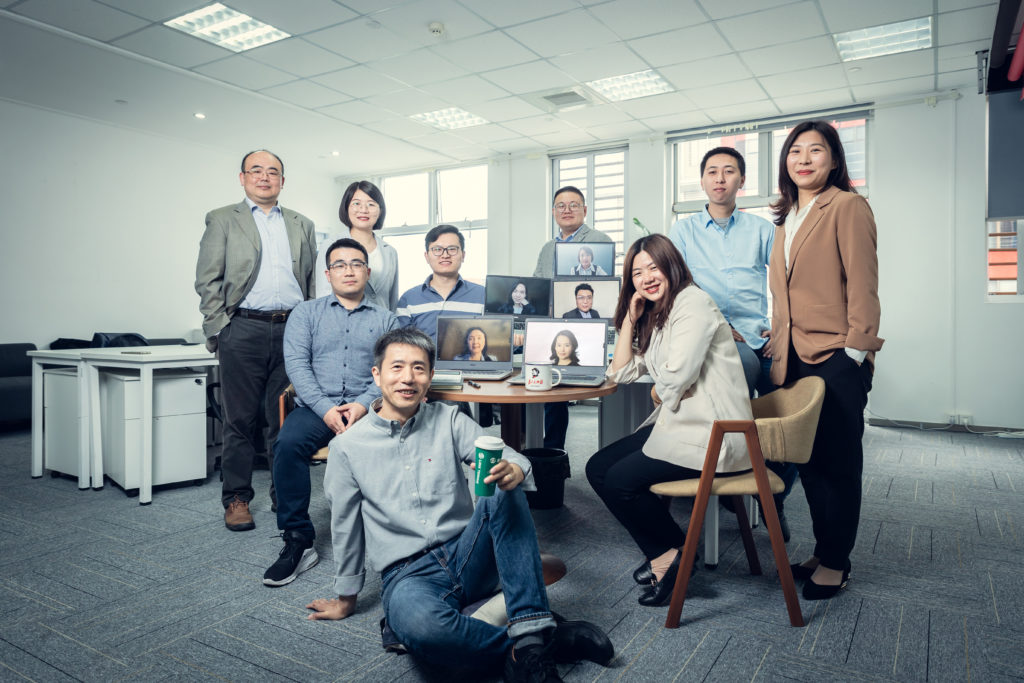
Bolt invests at the intersection of the digital and physical world.
